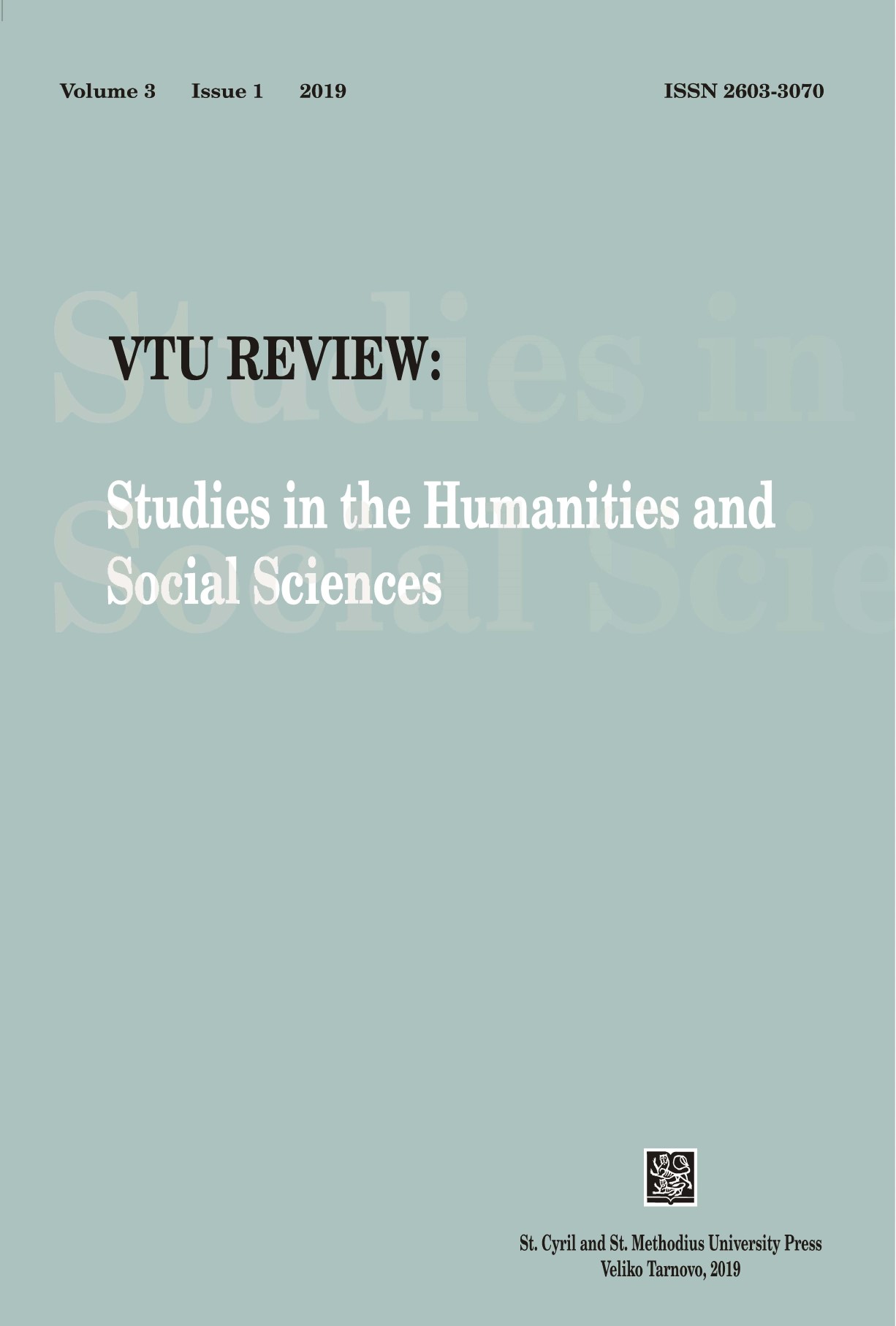
We kindly inform you that, as long as the subject affiliation of our 300.000+ articles is in progress, you might get unsufficient or no results on your third level or second level search. In this case, please broaden your search criteria.

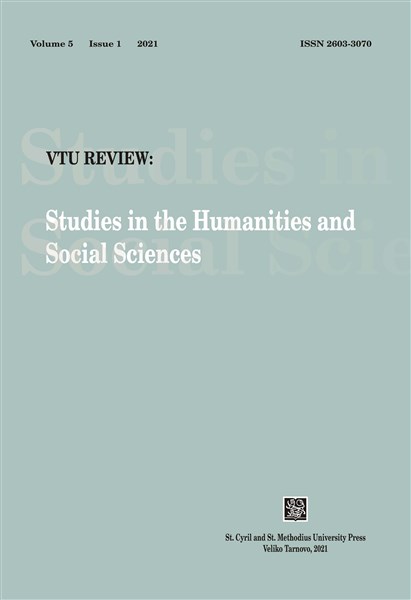
The purpose of this article is to analyse Roddy Doyle’s representations of Irishness and Ireland in Oh, Play That Thing (2004). The novel is the second instalment in Doyle’s The Last Roundup Trilogy, a historical fiction describing the making of the Irish nation through the adventures and misadventures of Henry Smart, its protagonist. In the novel, constructions of Irishness are projected onto the outside world through Henry’s picaresque travels in the United States. The article examines how Irishness is construct¬ed in the book and how it becomes intertwined with identity construction in other minority groups.
More...
This article examines the efforts of postcolonial creative writers, particularly dramatists, who attempt to rethink the seeming erosion of African culture in the face of western cultural expansion. The present research adopts the methods of descriptive and content analysis, as it dwells on books, journal articles, and internet materials to examine its subject. Of immediate interest are two Nigerian plays, Ata Igala the Great by Emmy Idegu and Emotan: A Benin Heroine by Irene Salami-Agunloye, which are read as paradigmatic texts for interpreting problematic postcolonial relationships. The article contributes to discussions related to colonialism and the hidden agenda of neo-colonialism, which are often interpreted in terms of western economic interests underlying cultural expansion. The article demonstrates how Af¬rican postcolonial writers have striven to reverse this trend by promoting Africa’s cultural aesthetics as they represent indigenous ways of life and their problematic interaction with western cultural patterns. The discussed works focus on cultural canons related to African life, such as consultation with oracles, ancestor worship, and festivals; and they demonstrate the aesthetic specifics of African dance, music, songs, and their semiotic significance. The article concludes that even though the two plays “speak back” to power, their strength lies in the articulation of certain aesthetic patterns that contribute to African self-location. Thus, the plays not only attempt to assert African culture, but they also strive to rethink the meanings of western cultural imperialism.
More...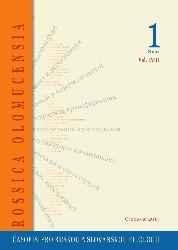
The review of: Злочевская Алла Владимировна: Три лика мистической метапрозы ХХ века: Герман Гессе – Владимир Набоков – Михаил Булгаков. Super Издательство, Санкт-Петербург, 2016, 552 c., ISBN 978-5-00071-999-2.
More...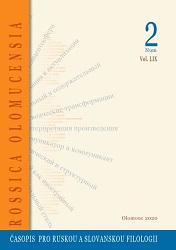
The article analyzes the images of artists in prose of the writers of the Ukrainian Diaspora: E. Andievska, I. Bahrianyi, V. Barka, V. Vovk, R. Volodymyr, D. Humenna, V. Domontovych, O. Zvychayna, O. Izarskyi, O. Kerch, Yu. Kosach, I. Kostetskyi, U. Samchuk, Yu. Tarnavskyi, M. Tsukanova, D. Yaroslavska. The role and meaning of these images are examined, the genre and style features of the works, in which the images of artists, especially novels, play an important role. The focus is on genre modifications of the novel about the artist. Its genre and stylistic features, the content are considered. The features of genre modifications in the literature of the Ukrainian Diaspora have been clarified. The works of Diaspora writers about artists, musicians and singers are analyzed. It is proved that the prose of the Diaspora continued the traditions of Ukrainian prose of the 1920s and 1930s, which focused on artistic issues or artists played an important ideological function.
More...
The review of: Bakešová, Václava (2019), Prostor a jeho obývání. Zobrazení prostoru v díle Marie Noëlové, Suzanne Renaudové, Christiane Singerové a Sylvie Germainové [L´espace et son habitation. La représentation de l´espace dans l´oeuvre de Marie Noël, Suzanne Renaud, Christiane Singer et Sylvie Germain], Brno : Masarykova univerzita, 194 p.
More...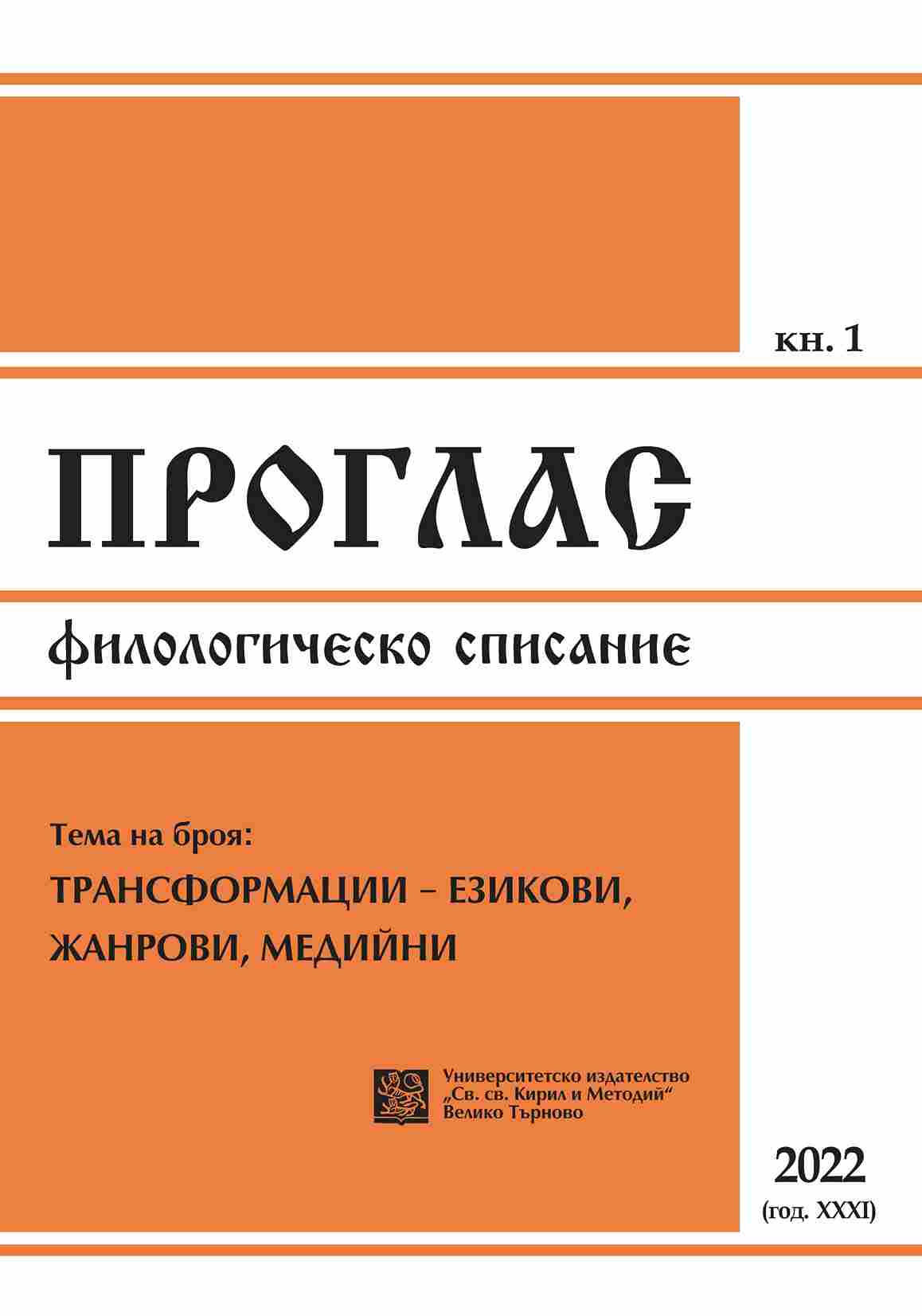
This article explores some of the aspects of the ‘women-as-witches’ stereotype in the literary works of J. K. Rowling and Terry Pratchett, while focusing on both the subversion of the stereotype and its reinforcement. The focus of my work is on the depiction of this type of gender profiling in a fantastic setting and imagined societies, while drawing a parallel with the real world. I first focus on a brief outline of the historical and cultural significance of the stereotype, followed by a discussion of its literary aspects in J. K. Rowling’s “Harry Potter” series and Terry Pratchett’s “Wyrd Sisters” novel.
More...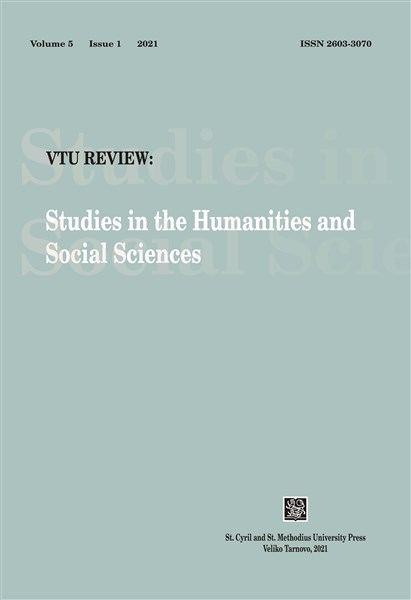
The article discusses the representation of the servant‘s body in George Moore‘s 𝐸𝑠𝑡ℎ𝑒𝑟 𝑊𝑎𝑡𝑒𝑟𝑠 and the Mayhew brothers‘ 𝑇ℎ𝑒 𝐺𝑟𝑒𝑎𝑡𝑒𝑠𝑡 𝑃𝑙𝑎𝑔𝑢𝑒 𝑜𝑓 𝐿𝑖𝑓𝑒: 𝑂𝑟, 𝑇ℎ𝑒 𝐴𝑑𝑣𝑒𝑛𝑡𝑢𝑟𝑒𝑠 𝑜𝑓 𝑎 𝐿𝑎𝑑𝑦 𝑖𝑛 𝑆𝑒𝑎𝑟𝑐ℎ 𝑜𝑓 𝑎 𝐺𝑜𝑜𝑑 𝑆𝑒𝑟𝑣𝑎𝑛𝑡. It considers the various uses that the servant‘s body is put to, focusing in particular on the figures of the wetnurse (𝐸𝑠𝑡ℎ𝑒𝑟 𝑊𝑎𝑡𝑒𝑟𝑠) and the footman (𝑇ℎ𝑒 𝐺𝑟𝑒𝑎𝑡𝑒𝑠𝑡 𝑃𝑙𝑎𝑔𝑢𝑒 𝑜𝑓 𝐿𝑖𝑓𝑒). The article explores the numerous acts of appropriation and commodification of the servant‘s body – including its costing – and its peculiar vulnerability. It also considers instances of the body‘s intransigence: its refusal to abide by class boundaries and its subversion of the purposes it is required to fulfil. By addressing these issues, the article demonstrates the intimate connections which Victorian fiction traced between problems of class and social identity and problems of the body.
More...
Viewed from the perspective of the trickster-type main character Ignatius Reilly and his engagement with his surroundings and other characters as citizens in a series of picaresque adventures, the city of New Orleans in the novel 𝐴 𝐶𝑜𝑛𝑓𝑒𝑑𝑒𝑟𝑎𝑐𝑦 𝑜𝑓 𝐷𝑢𝑛𝑐𝑒𝑠 (1980) becomes a space of pathos and comfort, indicative of Ignatius‘s paralysis and inability to leave it, caused by his innate paranoia of the doctrine of progress in the modern age. At a point in history when the postcolonial and postindustrial city is trying to rebrand itself as a tourist haven, the chronotope of New Orleans functions as a place of suspended modernity, offering comfort in the pathos of its entropy, stagnation and nostalgia against the raging torrents of modernity that reign outside its city limits in the rest of the country.
More...
The article analyses the philosophical features of M. J. Hyland‘s novel 𝐶𝑎𝑟𝑟𝑦 𝑀𝑒 𝐷𝑜𝑤𝑛 (2006), spotlighting this text in the espistemological paradigm of post-postmodernism. The analysis considers some of the distinctive features of the irish novel in the second half of the twentieth and early twenty-first centuries, such as anticolonial explications and the smashed type of identity of the characters. 𝐶𝑎𝑟𝑟𝑦 𝑀𝑒 𝐷𝑜𝑤𝑛 reveals the post-postmodern tendency of searching for the truth and explaining the nature of human beings as a combination of the humanitarian and the biophysical. The novel‘s protagonist has a special superpower of detecting lies in the discourses produced by other characters. His inability to accept lies physically may be linked to the post-postmodern tendency of rejecting the hybrid combination of truth and untruth, typical of some kinds of postmodernist writing. The analysis also explores the representation of trauma in Hyland‘s novel.
More...
The article presents an analysis of Richard K. Morgan‘s novel 𝐴𝑙𝑡𝑒𝑟𝑒𝑑 𝐶𝑎𝑟𝑏𝑜𝑛 with a focus on postmodern, neo-Gothic perspectives on death. More generally, it explores Gothic thanatology in the postmodern world. Attention is also drawn to the representations of death and technological survival in Morgan‘s novel 𝐴𝑙𝑡𝑒𝑟𝑒𝑑 𝐶𝑎𝑟𝑏𝑜𝑛.
More...
Jude Morgan’s novel, The Secret Life of William Shakespeare, is a work of biofiction that deals with the playwright’s life from shortly before he met Anne Hathaway up to the year 1603, highlighting private aspects such as the relationships with his family and friends – and even his rivals. At the same time, the novel offers an insight into the Elizabethan world in which William Shakespeare lived and rose to fame, actually a pretext to bring to the foreground timeless issues which characterise today’s world as well. The portrayal offered by Morgan is, therefore, one that aims to reconcile the two personas of the Bard – the family man and the poet and playwright. The present paper aims to analyse how those aspects are put forward by the novel, relying on features of postmodernism and the biographical novel, as the author attempts to fill in the gaps in Shakespeare’s life narrative. What is more, emphasis is laid on the relative concept of ‘truth’ and how it is deconstructed in the shaping of this particular version of Shakespeare’s story.
More...
Like Meursault in The Stranger (1942) by Albert Camus, the 34-year-old protagonist of Patricia Highsmith’s The Tremor of Forgery (1969) is almost certain of having killed an Arab in self-defence but feels no remorse for the deed except as it is judged by other Americans within his orbit of Western influence. While visiting Tunisia on what is apparently his first trip overseas, novelist Howard Ingham wrestles with the alterity of an Arab culture during the Six-Day War in the Middle East while at the same time criticizing the parochialism of a countryman who broadcasts propaganda about “Our Way of Life.” Ingham soon embraces, albeit equivocally, a perspective of cultural relativism, but his doing so is largely the dodge of a doubly dispossessed stranger in a strange land. Tremor thus figures as one of Highsmith’s “texts of exile,” as Fiona Peters has called it, that ends with Ingham’s anticlimactic return home to renew a relationship with his former wife.
More...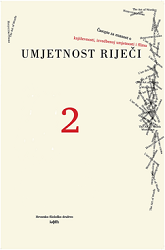
Richard McGuire’s Here, an “artist book disguised as a graphic novel”, follows a single viewpoint over a multimillennial timespan. Pursuing potential storylines on several apparently incompatible levels (gestural, historical, evolutionary, cosmic), this ostensibly simple concept provides a broad template for exploring non-linear narrative capacities of printed media: it could be examined as a non-anthropocentric visualization of a chronotope (Bakhtin), an SF staging of espacement (Derrida), an exemplary ergodic text (Aarseth), an exercise in tactile multimodality or collage fiction (Gibbons). The common ground of these perspectives is the material framework of a codex: the corner of a room depicted in the majority of Here’s pages structurally limits the potentially endless diversity of content, while also metonymically playing upon its own isomorphic relation to the book as a three-dimensional object. This disrupts the temporality of reading and storytelling in a variety of ways, and the article focuses on Here’s ambivalent position regarding the factors of sequence and simultaneity, narrative and spatiality.
More...
Throughout the history of literature, and German literature in particular, there are repeatedly accounts of “life cycles” or “life histories” of things: efforts to narrate the trajectories of artefacts in socioeconomic cycles, which in toto elude observation and remain imperceptible. In some cases accounts are written in first person singular simulating an autobiographical perspective of things. The article proposes to call this formation autocyclography of things. Historically, the literary tradition of this autocyclography of things reaches back at least as far as the Antiquity. The paper outlines the theoretical framework and contextualises examples from German literature in a broader framework of wold literature (British it-narratives and Soviet literatura fakta). In the focus of analytic interest stands Hans Jakob Christoffel von Grimmelshausens autocyclography of a toilet paper. Furthermore, the article presents examples for autocyclography of things from German Literature of the 18th and 19th century, which still wait further scolary attention: autocyclographies of a coin, a wig, a fly, a book, a coach, a toothpick, a joke and a stomach.
More...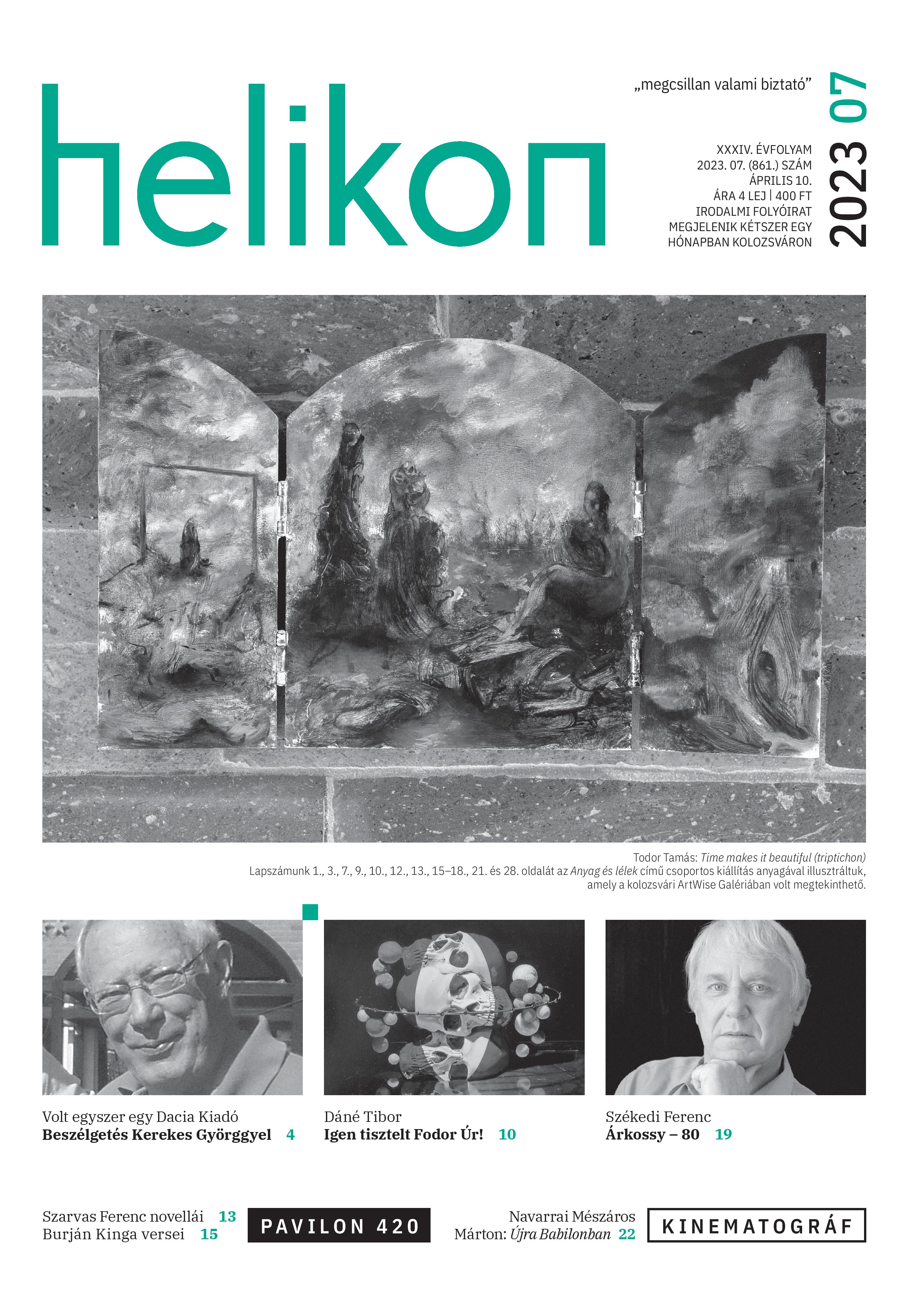
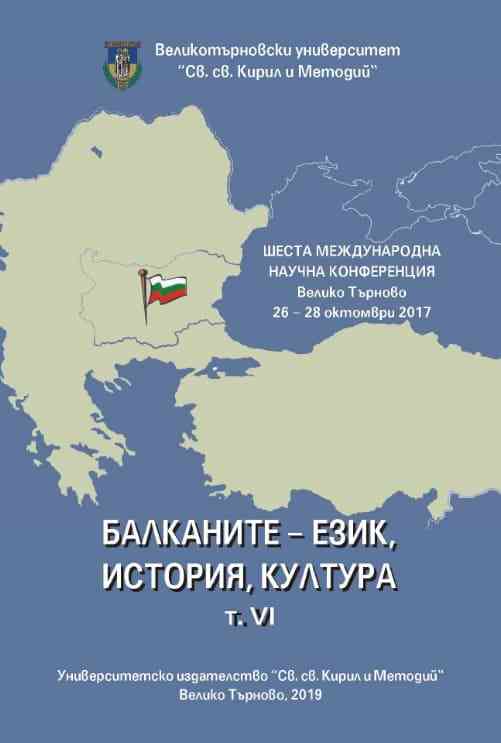
Research in this paper is focused on identifying and analizing the ideological aspects of reception of the two recognized Serbian writers (Njegoš, the most famous Serbian poet of 19th century; and Ivo Andrić, the Nobel prize winner) in late 20th and early 21st century slavic and historical research. It is shown that a considerable number of foreign academic reviews of Serbian literature subjected it to exclusively political contextualization and interpretation, misinterpreted it as nationalistic and orientalistic, and finally – in many examples the reason for including it in the sphere of academic interest was completely outside the domain of literature.
More...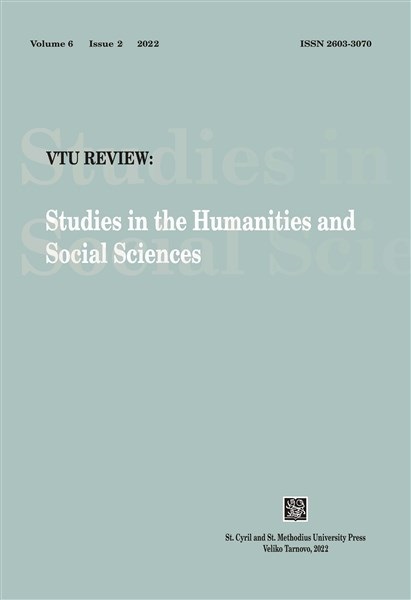
Joseph Conrad, a writer of Polish origin, who wrote in English, could be seen as a precursor of today’s transnational writers. It seems that few, if any, other writers of the late Victorian and early Edwardian periods had Conrad’s open-minded view of other cultures. The variety of nationalities represented in his novels and short stories reflects his thorough immersion in the cultures that he encountered during his travels and proves that his imagination was not limited by imaginary notions of geographical boundaries. The present article focuses on the Malay trilogy where none of the characters seems to be complete or sufficiently able to express themselves. Self-identification is achieved dialogically in their interactions with each other, but also in the ways in which they relate to their own complex selves. In this process, Conrad deliberately reverses and/or deforms certain categories of self-definition.
More...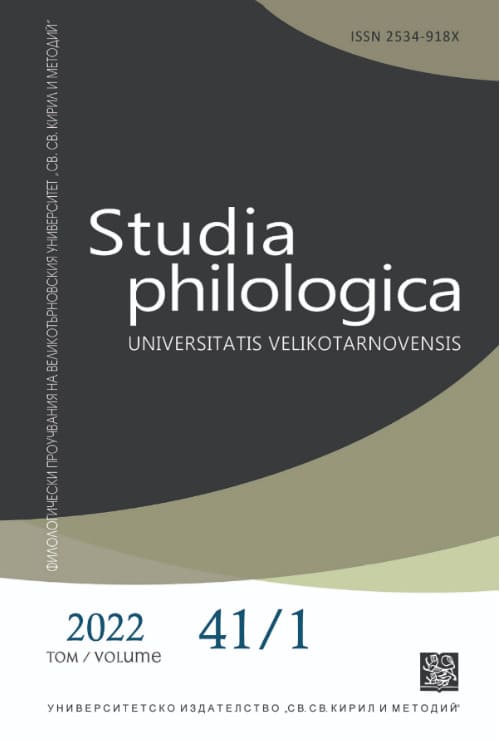
The article studies the character and the plot function of Porfiry Petrovich, one of the basic characters in F. Dostoevsky’s novel Crime and Punishment. The study aims to prove that he can be seen as the protagonist Rodion Romanovich Raskolnikov’s double in worldview only in the context of the Napoleonic idea. A detailed hermeneutic analysis of the three encounters between the two characters reveals that under the guise of the Law Porfiry Petrovich has adopted and employed this idea in its ontological purity as the will to exercise power over the rest. The outlined proximity supports the hypothesis that Porfiry Petrovich has a biography, symbolically speaking. It enters discourse imperceptibly as shared by Raskolnokov in terms of the biography of the idea, its birth, and how it is experienced by both men
More...
The present text aims to focus on a curious episodic presence of Dostoevsky in Nabokov’s final Russian novel, 𝑇ℎ𝑒 𝐺𝑖𝑓𝑡 (1938). In this novel, in a few sentences, three Russian writers of the 19th century – Dostoevsky, Chernyshevsky and Nekrasov – are brought together and portrayed in an ironic light against the background of the famous May fires of 1862 in Saint Petersburg.
More...